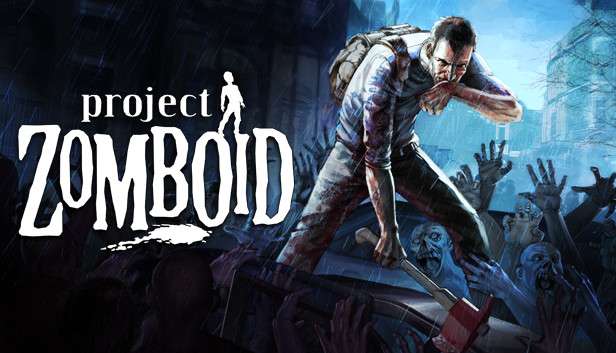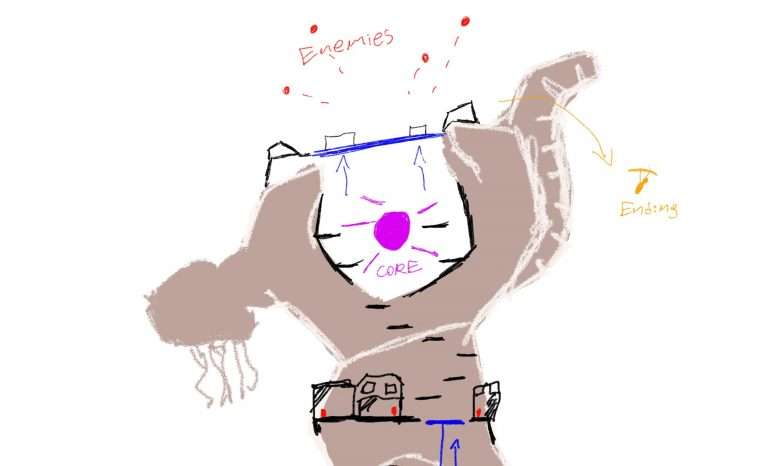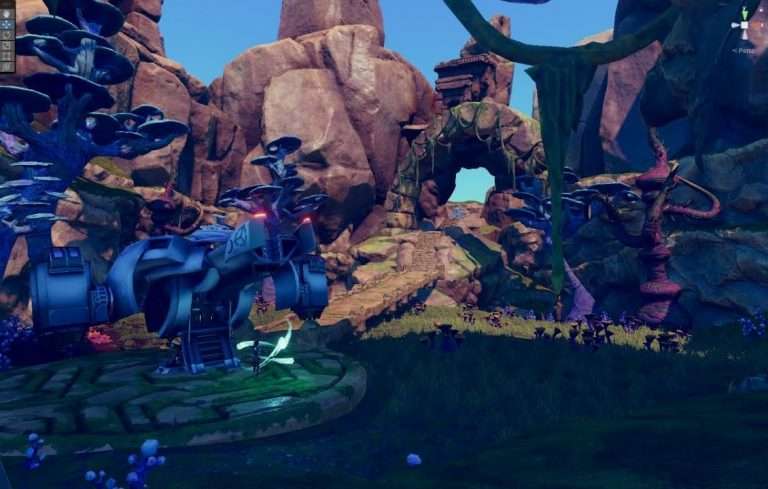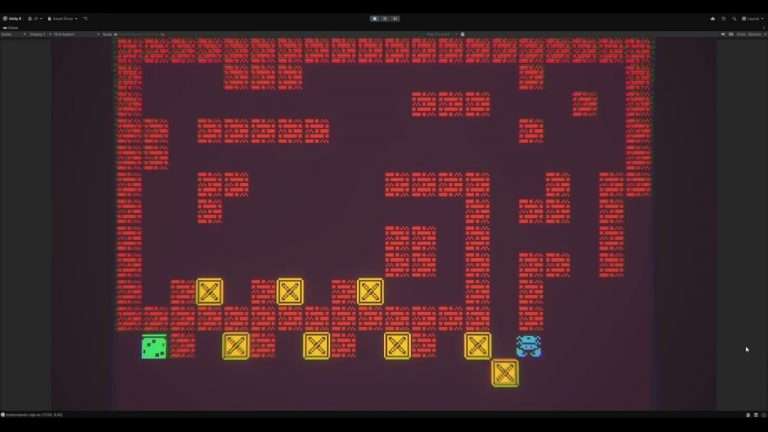1. Introduction and description of the game
Game summary:
Project Zomboid is a sandbox zombie survival simulation game developed and published by The Indie Stone. Launched in 2013 as early access, it has built a dedicated community and continues to evolve with updates and community mods. The experience takes place in a fictional post-apocalyptic United States, in the 90s, invaded by zombies. Players, in solo or multiplayer mode, can customize their characters by choosing careers and skills, facing adversity by searching for supplies, building defenses and managing their characters’ health in a realistic way.
Genre:
Project Zomboid combines open world, sandbox, survival and zombies, mixing elements of role-playing, simulation and strategy. With fixed isometric perspective and pre-rendered graphics, players interact with the environment managing mechanics such as hunger, fatigue and entertainment. In addition, it includes the “permanent death” feature, where the character must restart after dying, which increases the challenge and immersion.
Reasons for choosing Project Zomboid:
The analysis focuses on its complex extreme survival gameplay and its emphasis on realistic strategic decisions. This ambitious game requires quick responses to a wide variety of situations, many of them within menus and inventory systems. Evaluating the game interface and its accessibility is an interesting opportunity to analyze its level of intuitiveness and adaptability for players with different abilities.
2. Usability and accessibility analysis
Learning:
The game includes a tutorial and a “survival guide” that teaches basic skills like healing wounds or shooting. However, players need to learn a large amount of unexplained information, which leads them to seek external resources. This hinders the learning experience. The controls are standard conventions of the genre, but relying on the memorization of essential keys increases the cognitive load.
Simplicity:
The interface combines solid lines, text and a black background for a simple design, but the arrangement of windows can be confusing. Players must remember multiple key combinations and essential mechanics. Some actions require experimentation to determine whether to press or hold a key.
Efficiency:
Players must manually open menus when changing character states, interrupting the flow of the game. Although inventory management allows mass selections, the process could be more efficient by implementing automations or predefined configurations.
Aesthetics:
The aesthetics are consistent, complemented with diegetic feedback (animations and contextual sounds). However, the interface lacks clear alerts for critical situations, such as damage or degradation of objects, which generates confusion and frustration.
3. Improvement proposals
3.1. Improved crafting menu:
- Problem: The creation menu is not intuitive, showing repeated results and making it difficult to find necessary elements.
- Solution: Redesign the filtering system to show only relevant objects, ignoring redundant states. Add contextual descriptions about the objects and their location.
- Justification: Reducing the cognitive load and facilitating quick access to creation options would improve the user experience.
3.2. Customize the size of the user interface:
- Problem: Visual elements of the HUD or icon resolutions cannot be adjusted, which affects users with visual difficulties.
- Solution: Implement customization options for the size of the interface, including icons and HUD components.
- Justification: Improve accessibility and usability for a wider audience, allowing adjustments according to individual needs.
3.3. Action feedback system:
- Problem: Lack of effective alerts for critical changes in character health or object degradation.
- Solution: Implement a system of visual and auditory notifications with color-coded alerts and icons near the HUD.
- Justification: Improve the player’s awareness and avoid frustrations by not recognizing critical states.
4. Conclusion
Although Project Zomboid has a passionate community, its usability and accessibility make it difficult to connect with its complex mechanics. Implementing improvements in “quality of life” would expand its audience, attracting casual players and reducing frustration for current players. The balance between realism and playability could make the game more attractive and cohesive.





